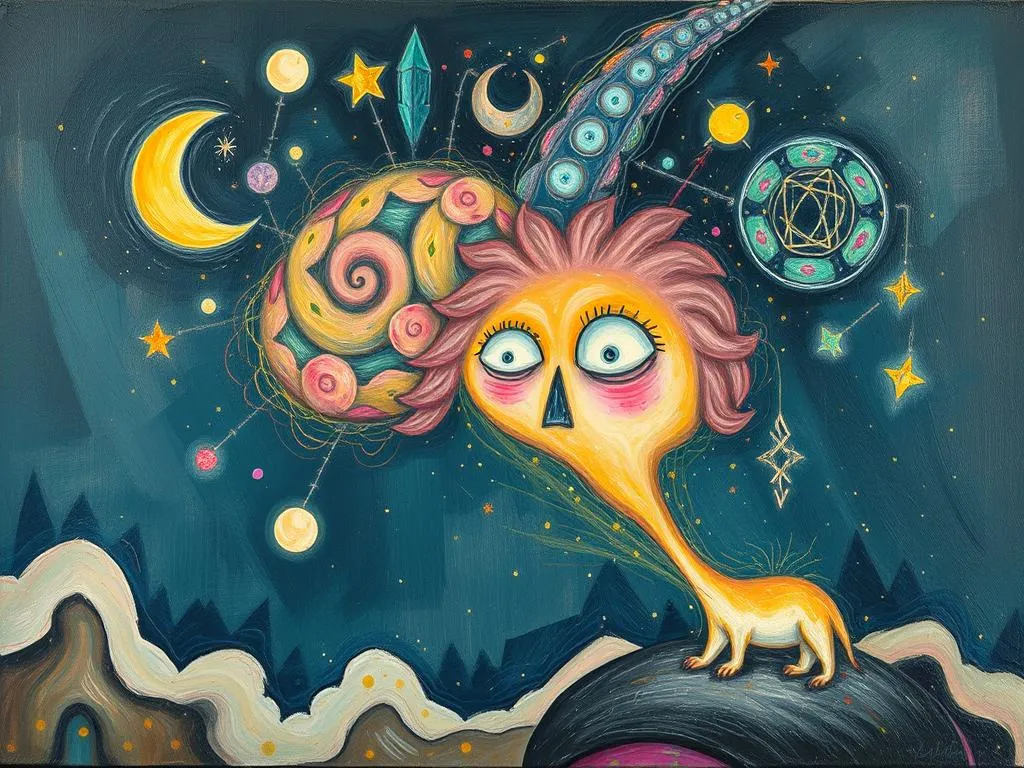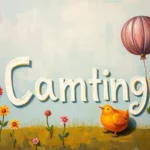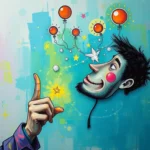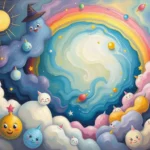
Introduction
Dreams have long captured the human imagination, serving as a window into the subconscious mind. They often reflect our deepest fears, desires, and unresolved conflicts. The enigmatic filmmaker David Lynch, renowned for his surreal storytelling, often delves into the complexities of the human psyche, making his works a rich tapestry of dream symbolism. Exploring the meaning behind dreams inspired by Lynch’s narratives can provide profound insights into our own lives. This article aims to unpack these symbolic dreams and reveal how they can guide us toward a deeper understanding of ourselves.
Symbolism and Meaning
In dreams associated with David Lynch’s aesthetic, various motifs emerge that represent complex emotional landscapes. One of the most prevalent symbols is the darkness that often envelops Lynch’s narratives. This darkness can symbolize the unknown, highlighting the fears that lurk beneath our conscious thoughts. It invites the dreamer to confront what they may be avoiding in waking life. The frightening aspects of dreams can be unsettling, but they often serve as an invitation to explore our unresolved issues.
Another common symbol is the mirror, which Lynch frequently employs to reflect duality and the fragmented self. In dreams, mirrors can indicate self-reflection and the need to evaluate one’s identity. They may suggest that the dreamer is grappling with self-perception or is in a phase of transformation. This duality can also represent the separation between one’s public persona and private self, urging the dreamer to reconcile these aspects.
Additionally, dreamscapes in Lynch’s work often feature unsettling environments that evoke strong emotional responses. These landscapes can represent the dreamer’s internal state, mirroring feelings of anxiety or confusion. For instance, a deserted street may symbolize feelings of isolation, while a bustling city can reflect overwhelming social pressures. Understanding the emotional quality of these settings can provide insight into the dreamer’s current life circumstances.
The character archetypes that populate Lynch’s dreams are equally telling. Figures such as the mysterious stranger or the comforting guide often serve as representations of the dreamer’s inner dialogue. These characters can embody specific traits or emotions, inviting the dreamer to explore their own characteristics or unresolved conflicts. The nature of these interactions can highlight the dreamer’s relationships and how they perceive themselves within those dynamics.
Key Scenarios and Variations
The beauty of dreams lies in their variability, and Lynch’s dream-inspired scenarios can take on multiple forms, each offering unique interpretations. For example, a scenario where the dreamer finds themselves in a labyrinthine city may suggest feelings of entrapment or confusion in waking life. This dream could indicate a need to chart a new course or seek clarity in a complex situation. The labyrinth represents the intricate paths of thought and emotion that the dreamer must navigate.
Conversely, a dream featuring repeated motifs, such as a recurring location or character, can signify unresolved issues that demand attention. The repetition highlights the persistence of particular thoughts or feelings that the dreamer may have been neglecting. This scenario encourages the dreamer to confront these emotions head-on, as they may hold the key to personal growth.
Another variation could involve the dreamer experiencing a moment of revelation within a Lynchian dreamscape, such as suddenly understanding a character’s intentions. This scenario may symbolize a breakthrough in self-awareness or an epiphany related to a waking life situation. It suggests that the dreamer is gaining clarity about their circumstances, perhaps indicating newfound confidence or understanding.
Lynch often incorporates themes of time distortion in his narratives. A dream in which time feels fluid or chaotic may reflect the dreamer’s struggles with the past, present, and future. This scenario can signify feelings of being stuck or a desire to reclaim lost opportunities. The dreamer is encouraged to evaluate how their past experiences shape their current identity and future aspirations.
Real-Life Connections and Takeaways
Understanding the symbolism and scenarios present in Lynch-inspired dreams allows for valuable self-reflection. Readers can connect these dreams to their own lives by asking themselves how the themes resonate with their current situations. Are there unresolved conflicts that need addressing? Do certain fears or desires repeatedly manifest in their waking life?
Practical advice for self-reflection involves keeping a dream journal. By recording dreams as soon as they wake, individuals can track recurring symbols and themes over time. This practice can facilitate a deeper understanding of the subconscious mind, revealing patterns that might otherwise go unnoticed. Reflecting on these entries can provide clarity and guide personal growth.
It is also beneficial to engage in mindfulness practices. By cultivating awareness of one’s thoughts and feelings, individuals can better understand their emotional responses both within dreams and in daily life. Mindfulness can help the dreamer approach their emotions with curiosity rather than fear, fostering a more profound sense of self-acceptance.
Additionally, exploring the concept of the shadow self, a term coined by Carl Jung, can be particularly illuminating. The shadow self represents the parts of ourselves we often suppress or ignore. In dreams inspired by Lynch, the presence of darker elements can signify the need to integrate these hidden aspects. Reflecting on what these symbols represent in one’s life can lead to personal insights and healing.
Finally, readers are encouraged to embrace the ambiguity often present in Lynch’s work. Dreams can sometimes feel nonsensical or disjointed, but this is a natural part of the process. Rather than seeking definitive answers, individuals should allow themselves to explore the multitude of meanings that arise from their dreams. This openness can lead to unexpected insights and a richer understanding of the self.
In conclusion, dreams inspired by David Lynch serve as a fascinating entry point into the complexities of the subconscious mind. By exploring their symbolism, scenarios, and connections to daily life, individuals can unlock valuable insights and deepen their self-awareness. The journey into the dream world is an invitation to confront our fears, desires, and ultimately, to embrace the full spectrum of our existence. As we navigate the labyrinth of our dreams, we may find not only answers but also a path toward personal transformation.







